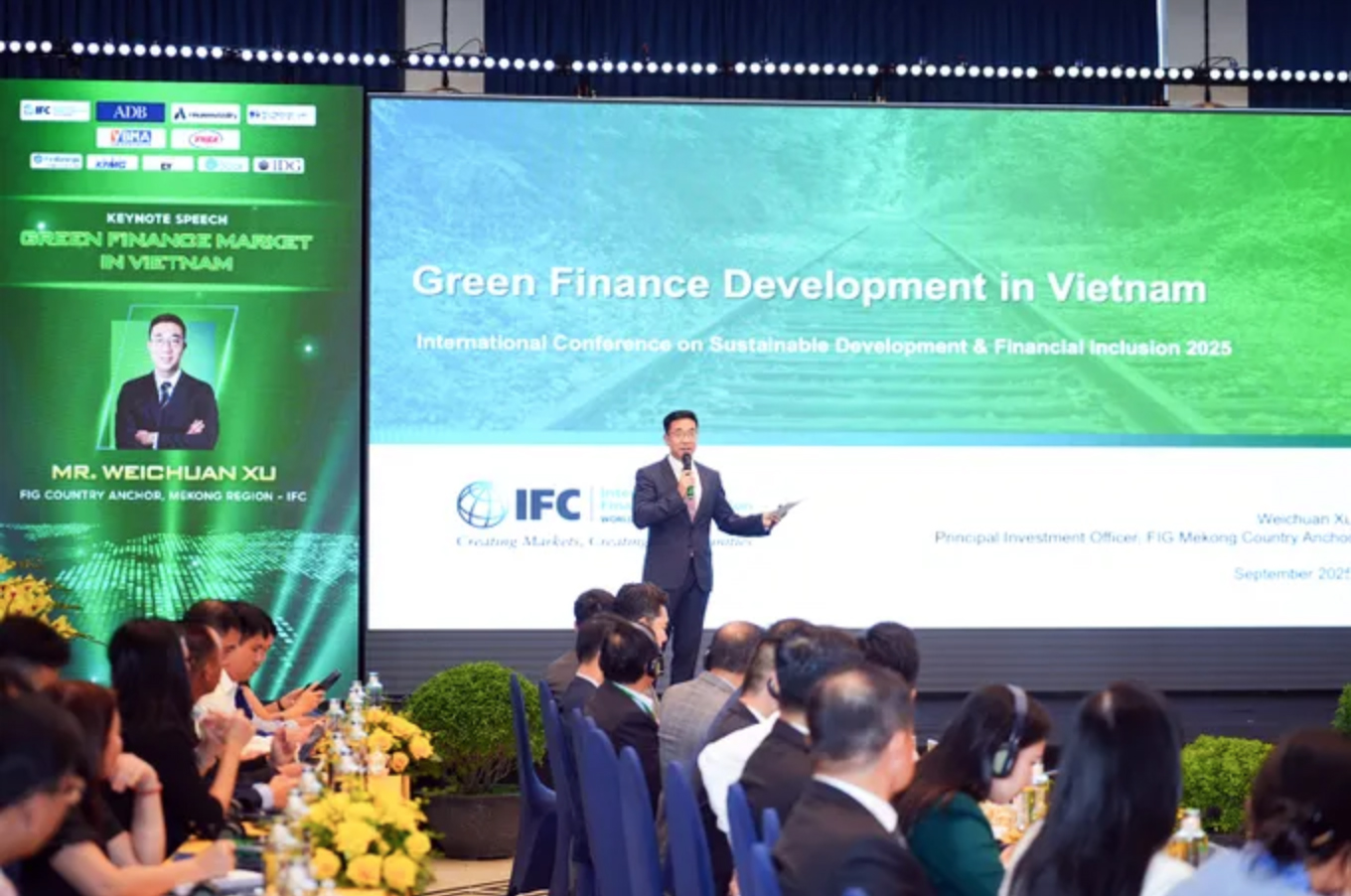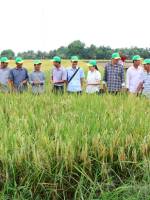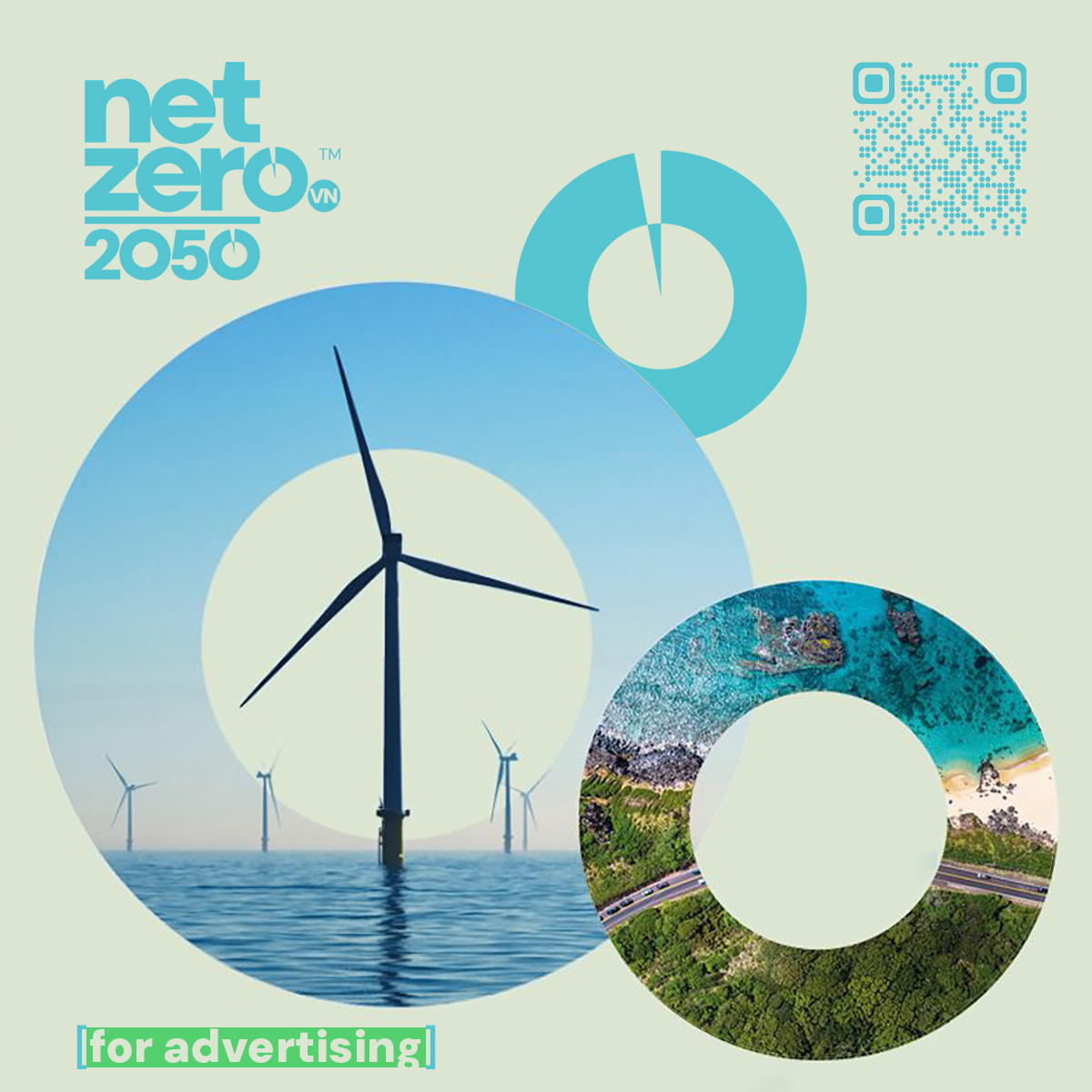
Vietnam’s green capital market is experiencing significant growth, propelled by heightened corporate commitment to sustainable development and a progressively stronger legal framework. This momentum signals a transformative shift in the nation’s financial landscape.
Banks pioneer sustainable bonds as market rebounds
Following a period of subdued activity, the green bond market has demonstrated renewed vigor, with the financial sector leading the resurgence.
In a landmark move in September 2025, VPBank successfully issued $300 million in sustainable bonds in the international market. This achievement establishes VPBank as the first Vietnamese bank to secure substantial green capital through this specific international channel.
The total proceeds from this issuance are designated for investment across a spectrum of green, social, and sustainable projects. These initiatives include renewable energy, sustainable transportation, low-emission agriculture, and crucial financial support for small and medium-sized enterprises (SMEs).
Director Vu Minh Truong of Capital and Financial Markets at VPBank reported that by the end of June 2025, the bank’s outstanding green credit had reached VND31.7 trillion, up 44.5 percent from the end of 2024 and several dozen times higher than five years ago. He noted that green finance not only connects the bank to global financial markets but also generates economic and social benefits domestically, potentially creating up to 38,000 new jobs over the next five years.
Associate Professor Nguyen Huu Huan, a member of the advisory team for the establishment of the International Finance Center in Ho Chi Minh City, stated that the International Finance Center (IFC) is expected to play a crucial role in attracting green capital. With the establishment of the IFC, it will serve as a connecting hub, facilitating direct access for investment funds, particularly green finance funds, to green project portfolios, thereby enhancing transparency and trust in disbursement. Once barriers are removed, the IFC could mobilize between US$20 billion to $30 billion in green capital annually for Vietnam.
Earlier this year, HDBank also successfully issued VND3,000 billion in green bonds. This issuance was structured in accordance with the principles set forth by the International Capital Market Association (ICMA) and the Loan Market Association (LMA). The capital raised from these bonds is being utilized by HDBank to finance projects that meet the stringent standards outlined in the bank’s “Sustainable Finance Framework,” which was promulgated in 2024 with the aim of environmental protection and the promotion of green economic development.
Deputy General Director Vo Hoang Hai of Nam A Bank reported that since the beginning of 2025, the bank has secured approximately $200 million from foreign financial institutions, specifically dedicated to green development initiatives, with an objective to increase this amount to $500 million next year.
Furthermore, in 2024, SeABank successfully issued green bonds totaling $150 million. This bank has also expanded its international cooperation efforts, mobilizing nearly $1.1 billion from major institutions such as IFC, DFC, AIIB, and Norfund, to advance climate finance and inclusive finance.
Private and international capital is crucial for green transition
While green credit and green bonds have registered an impressive average annual growth exceeding 20 percent, significantly outpacing general economic credit growth, their overall contribution remains modest. As of June 30, 2025, outstanding green credit reached VND736 trillion accounting for only 4.3 percent of total outstanding loans. Similarly, green bonds amounted to just over VND30 trillion which is equivalent to only 2 percent of the corporate bond market.
Vice Chairman and General Secretary of the Vietnam Banks Association (VNBA) Nguyen Quoc Hung cited a World Bank report indicating that achieving the Net Zero emissions target by 2050 requires Vietnam to mobilize an average of 6.8 percent of GDP annually approximately $368 billion through 2040. This figure far exceeds the capacity of the state budget, underscoring the critical need to robustly develop the green financial market and incentivize the inflow of both private and international capital.
Economic experts agree that the increasingly comprehensive legal framework is providing substantial support to the green capital market. Specifically, on July 4, 2025, the Prime Minister signed Decision No. 21/2025, which established environmental criteria and confirmed investment projects eligible for the Green Classification catalogue. More recently, the State Bank of Vietnam issued the Green Taxonomy criteria set, covering 45 sectors. This measure is expected to mitigate policy risks, enhance transparency, and unlock both domestic and international capital flows.
General Secretary Do Ngoc Quynh of the Vietnam Bond Market Association asserted that these newly enacted legal frameworks establish uniform standards for the market, effectively removing key bottlenecks that had previously hindered the green capital market.
From the perspective of a foreign financial institution, Head Lim Dyi Chang of Wholesale Banking at UOB Vietnam affirmed that opportunities for “green lending” in Vietnam are becoming more favorable. This trend is reinforced by the widespread impact of Resolution 68 on promoting the private economic sector, coupled with preferential policies designed for small and medium-sized enterprises (SMEs).
For UOB, total financing for sustainable projects across ASEAN reached $41 billion by the end of 2024, with 19 projects in Vietnam spanning the fisheries, agriculture, renewable energy, and manufacturing sectors. For 2025, the bank has committed that at least 30 percent of its new loans to businesses will be tied to sustainable projects.




